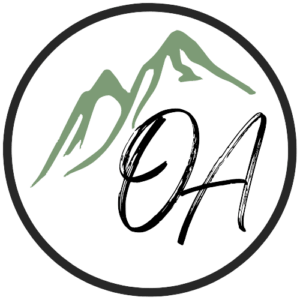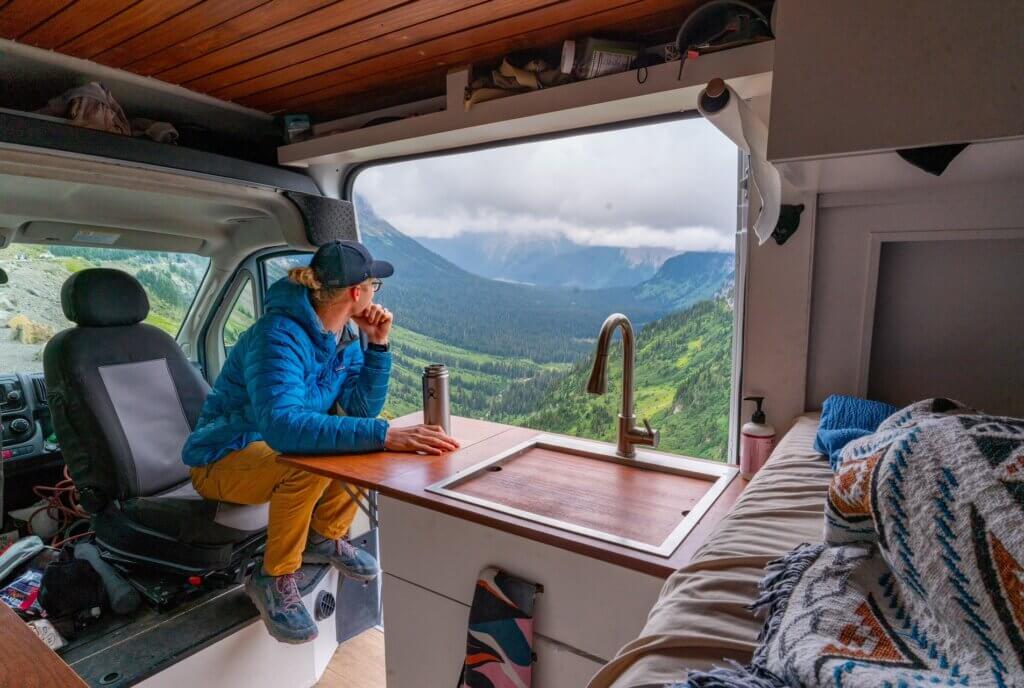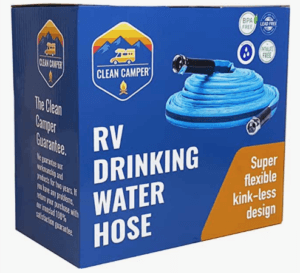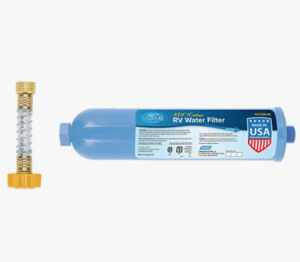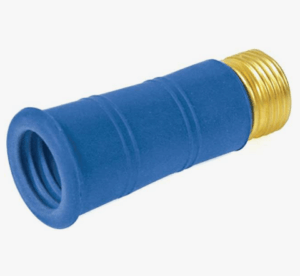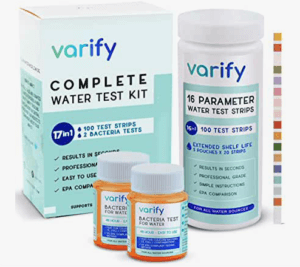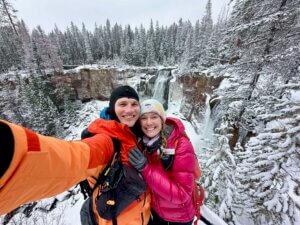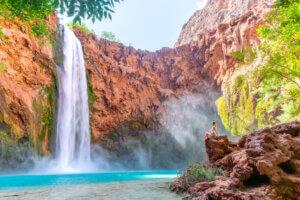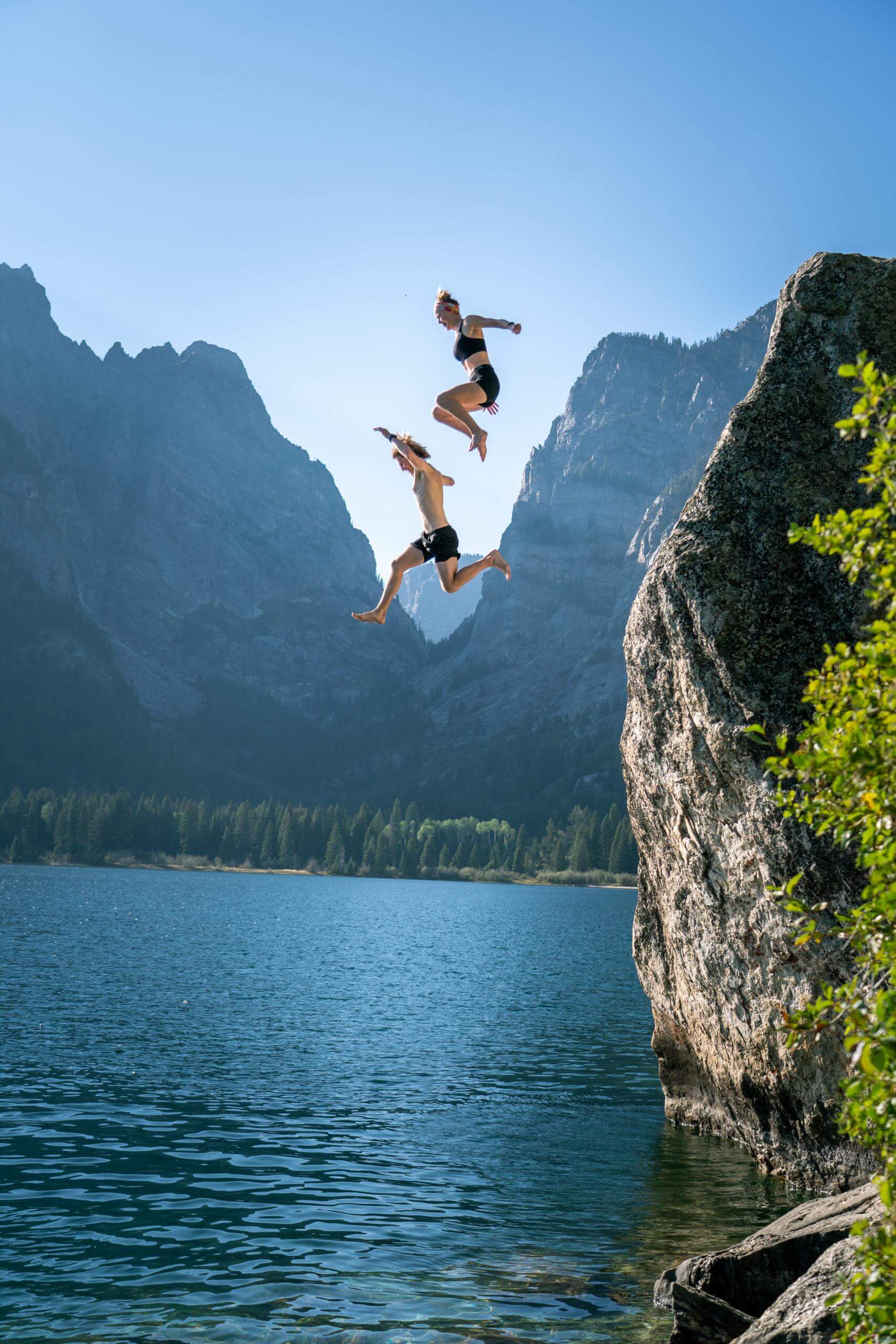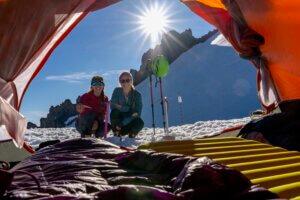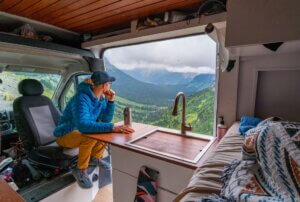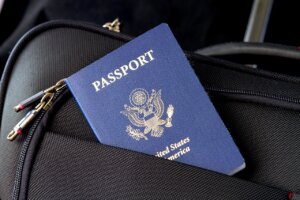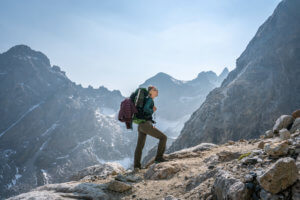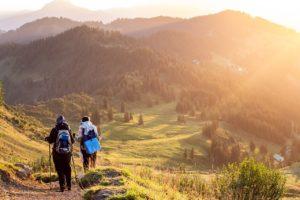Finding safe fresh water sources while on the road can be a huge pain for aspiring valifers and RV boon dockers. There are plenty of makeshift water sources out there but knowing what is SAFE to use and what is not safe to use is an important skill to learn and understand.
If your new to this lifestyle DON’T WORRY! The first few months you will struggle through figuring out your routine, but I promise it will get better! Check out all of our VanLife resources for more tips/tricks! OKAY, now let’s talk about water –
Contents
Safe vs Unsafe Water
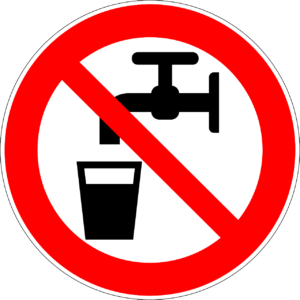
Let’s talk about what I mean by safe water sources. The two terms you will hear often is “potable” and “non-potable”. Potable water refers to water that comes from ground sources and is treated to meet the safety standards for drinking water. Non-potable water refers to water that comes from reservoirs and/or wastewater. This type of water can be used for irrigation, car washing, toilet water, etc and is not meant for consumption.
When looking for water sources, you want to choose a source with POTABLE water to use in your day-to-day life and subsequently to fill up your rig with. IN THEORY, non-potable water sources have to be marked as so per the law… but there are rare cases where it doesn’t happen.
Hookup equipment
Everyone’s setup is different, but if you have a simple hose connection that you fill up with, these are 4 products you should ALWAYS have with you.
- Collapsable Water Hose: A short hose that grows when in-use! Super handy for storage purposes.
- Hose filter: We NEVER fill up without our in-line filter. This just gives us extra peace of mind when using public water sources! It protects against bacteria and reduces bad taste & odor.
- Water Bandit: This is a fitting that can be used to connect your hose to an unthreaded faucet or a spigot with stripped threads. I honestly never thought I would come across a time where I needed to use this, but it has come in handy on multiple occasions.
- Water Test Kit: If you want to be 1,000% sure that the water you’re filling up with is safe to drink, then you can use a test kit on it. We ONLY do this in an area that we know we will be spending a lot of time in, otherwise it’s not worth it.
Purification Methods
Whenever we are even slightly unsure if the water we are using is safe or not, we will at minimum purify the water that we drink. Having a water purification method in your rig is a nice peace of mind to have, PLUS if you enjoy camping/backpacking then you probably already know these tricks and have one of these products! Here are some quick and easy ways to purify your water:
- Boil: Boiling water is the surest way to kill disease causing germs and bacteria. It’s a bit tedious and annoying though, so we only do this as a last resort.
- Filter system: When in doubt we use a backcountry rated filter system such as the sawyer squeeze or platypus gravity filter.
- Filter straw: This is a water bottle with an in-line filter that cleans your water in real time! I love this one from epic water filters and I always take it with me everywhere I travel.
- Purification tablets: Not my favorite method, but it works! In the past we have used these!
Helpful Apps
iOverlander: We use iOverlander 95% of the time to find our water! The app allows users to search for specific locations or browse through an extensive database of waypoints. Each waypoint typically includes detailed information about the site, such as GPS coordinates, descriptions, photos, reviews, and available amenities. This can include details about free campsites, paid campgrounds, wild camping spots, hostels, hotels, restaurants, mechanics, fuel stations, and more.
iOverlander also enables users to add new waypoints and update existing information, making it a collaborative tool for fellow travelers. This user-generated content fosters a sense of community and helps build a comprehensive database of useful resources.
The dyrt and Campendium have a similar interface as iOverlander and are super useful as well! We use a combination of the three to find what we need, but tend to use iOverlander the most.
Where to Find Potable Water
Gas Stations: This is probably the #1 source we use for acquiring fresh water. There are many gas stations that have a water spigot situated right in between their pumps!! USUALLY a green/blue painted spigot means potable water and a RED spigot means non-potable… but sometimes the red is potable as well! Be sure to check with the attendant and when in doubt use your “backcountry-rated” filter!
**Maveriks almost ALWAYS has a fresh water spigot!
Campgrounds: Most established campgrounds provide potable water sources, such as designated water taps or faucets near campsites, restrooms, or communal areas. We always ask the campground host if we can fill up our fresh water tank and 9/10 times they let us do it for free! We have GREAT LUCK at state parks as well as national park campgrounds!
Rest Areas: Some highway rest areas have potable water available for travelers. Look for water fountains or designated faucets.
RV parks: ALL RV parks have fresh water that you can use BUT many of them will charge a small fee of $5-$20 for filling up your fresh water tank, but if you’re desperate it’s worth it!
Grocery Stores and Supermarkets: Some larger grocery stores or supermarkets may have water dispensing machines where you can fill up your water containers for a fee.
Public Facilities: Municipal buildings, libraries, community centers, or public facilities in towns and cities may have water fountains or accessible taps for public use. We haven’t had a ton of luck with this one but occasionally we will find a library or park that has a water spigot!
